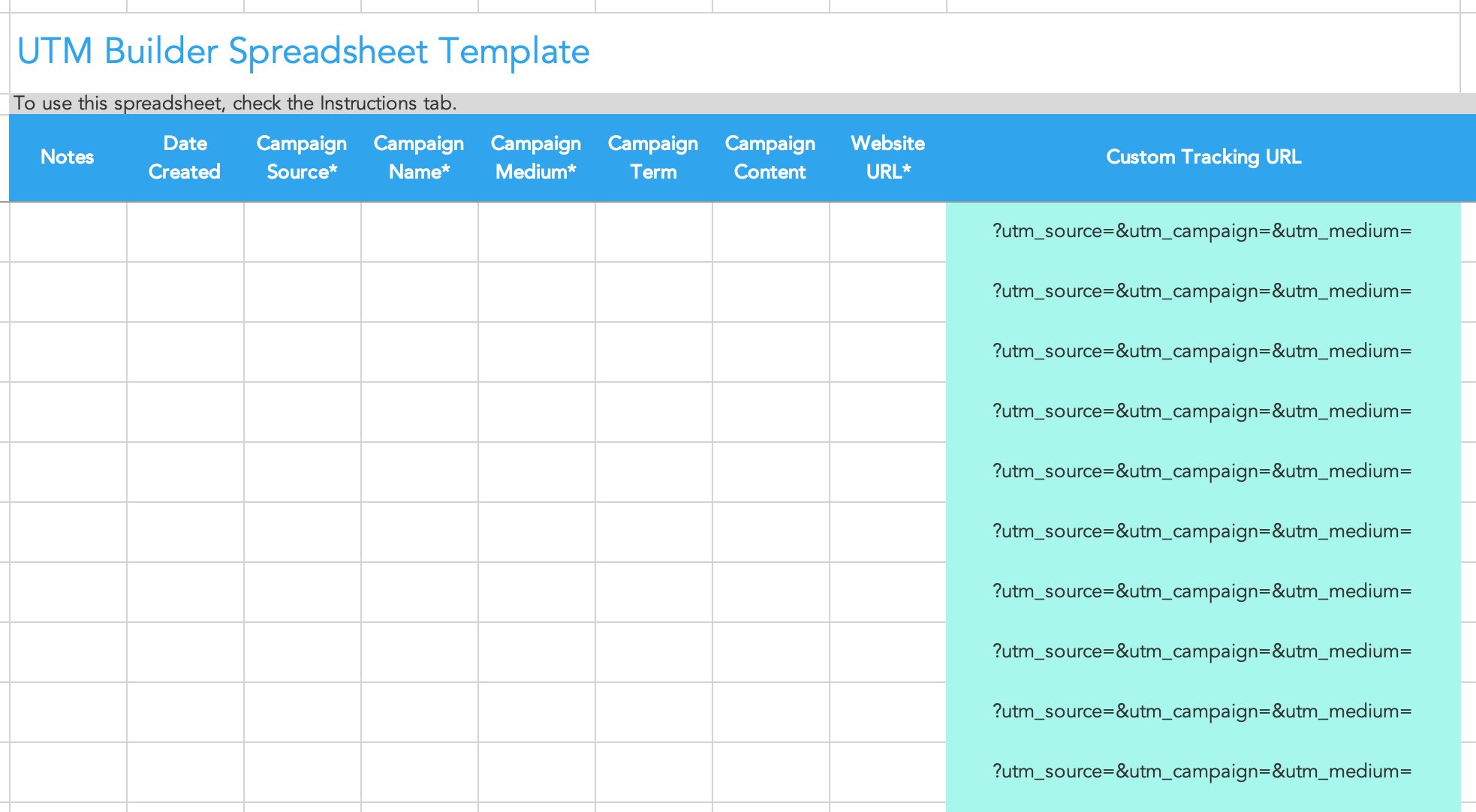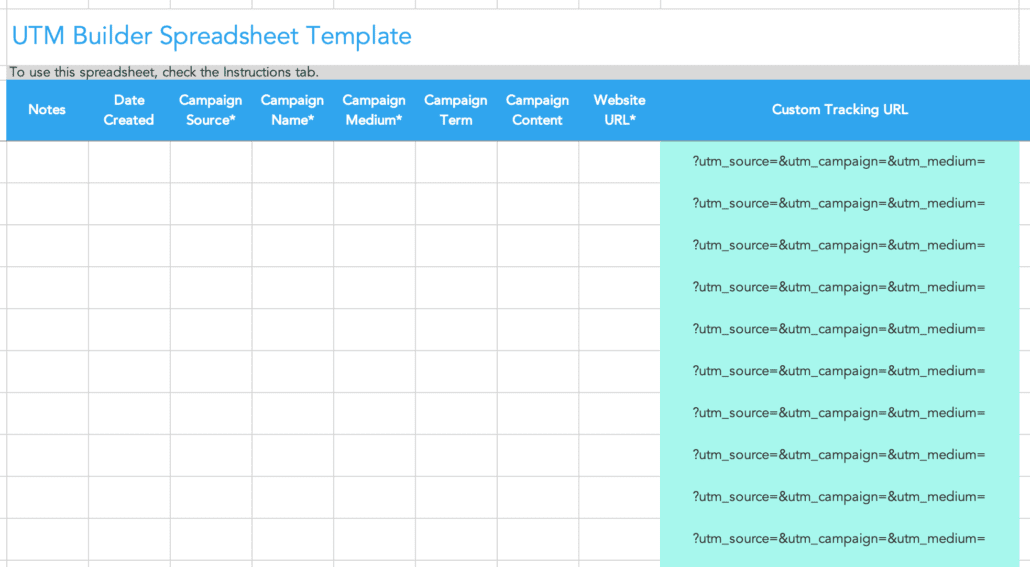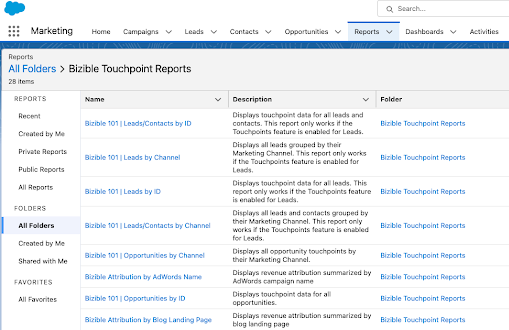I think most marketers profoundly underestimate UTMs. Writing/inserting UTM codes is usually a chore relegated to junior marketers. Training is breezy. Naive managers don’t fully understand the value (I know because I was one). And no team puts UTMs on the quarterly/annual planning agenda.
Meanwhile the CMO is desperate for attribution data. And those same managers spend hours in Excel every month trying to show the value of their work. The lowly, free UTM is just waiting to be noticed…
>> Related: How to Implement a Marketing Attribution Model: The Complete Guide <<
In this post:
Video walkthrough
Brushing up on UTMs
Most marketers recognize the term but can’t say why UTMs (AKA parameters) matter.
- Here’s a normal URL without any UTMs: www.yoursite.com/pricing
- And here’s the same URL with UTMs added: www.yoursite.com/pricing?utm_source=active-users&utm_medium=email&utm_campaign=feature-launch&utm_content=bottom-cta-button
The point of UTMs is to help Google Analytics make sense of inbound traffic. (The savvy Marketing team will also pull the data into Marketo and Salesforce. This way you can do all your attribution reporting in one place. Huzzah!)
Where to use UTMs
UTM codes go everywhere, every time you link to your website.
- In emails
- In social posts
- On direct mail or collateral
- On a booth backwall
- “Contact us” buttons on Facebook/LinkedIn, etc.
- In press releases
- Every time! Everywhere!*
*The only exception is on your website. Don’t add UTMs when you’re linking between pages on your domain, say from a blog post to a product page.
Yes, URLs with UTMs are ugly and weird. That’s especially true on printed pieces like collateral. Hide them with vanity URLs and redirect from something memorable to something trackable.
What UTM parameters to include
The real beauty of UTM parameters is they give you multiple, independent ways to attribute success. You can report on each parameter to understand:
- Channel/Medium – HOW did the prospect find the content? How did we drive them to the content?
- Google Analytics Source – Within the Channel/Medium, what is the specific source? (e.g. LinkedIn is a source within the Social Paid Channel/Medium)
- Google Analytics Campaign – A way to group multiple content pieces, promoted through multiple channels that are all part of an overarching marketing campaign.
- Content – WHAT is the prospect consuming? Alternatively, WHAT did the prospect click on a multi-CTA page (like an email newsletter)? Or WHAT email in the nurture finally converted them? (This one is optional.)
- Term – WHAT ad term did they convert on? (This one is also optional and is usually used by PPC agencies.)
UTM template please!
You can generate UTMs using online builders. But it’s worth establishing a master UTM spreadsheet to share and track codes.
- By tracking codes, you keep the UTMs utterly consistent. We like consistency (and so do your attribution reports).
- By sharing codes, you never accidentally dupe a code. And it’s much easier to onboard a new team member – there’s a rich history in place. (And bonus, you can see how widely codes are being used.)
- By using a pre-formatted template, you avoid silly typos.
Here’s our trusty UTM builder template >
Instructions
- Enter your source, campaign name and medium in a new row under their respective columns.
- Enter your website URL. This is your landing page URL without any tracking parameters.
- Grab your UTM link from the “Custom Tracking URL” column.
Notes
- The spreadsheet supports adding spaces to any of the parameters’ names.
- Make sure you leave the “content” and “term” columns empty if you don’t intend to use them.
- Campaign name, source and medium are all required (like Google’s own UTM builder). If you leave any of them empty it will mess up your tracking URL.
TL;DR
- Using UTMs diligently is a [simple and free] discipline that will feed whatever attribution model or method you use.
- Use a template to keep it clean.
- Do Future You a favor and pull the data into Marketo and Salesforce.
- And ask the team: whose job is it to create and use UTMs (pssst it’s every one)? Do they know what they’re doing? Does their boss?
Ready to implement an attribution model? Read the Complete Guide to Attribution >
FAQs
What is a UTM parameter/code?
UTM parameters, also known as UTM codes or UTM tags, are components of a URL that help track and analyze the effectiveness of online marketing campaigns. UTM stands for “Urchin Tracking Module,” and these parameters are used in web analytics tools to provide detailed information about the source, medium, campaign, and other attributes of traffic to a website.
How do UTMs affect attribution reporting?
UTMs play a crucial role in attribution reporting by providing detailed information about the source, medium, campaign, and other attributes of incoming traffic to a website. Attribution reporting involves determining which marketing channels and touchpoints contribute to a user’s conversion or desired action.






